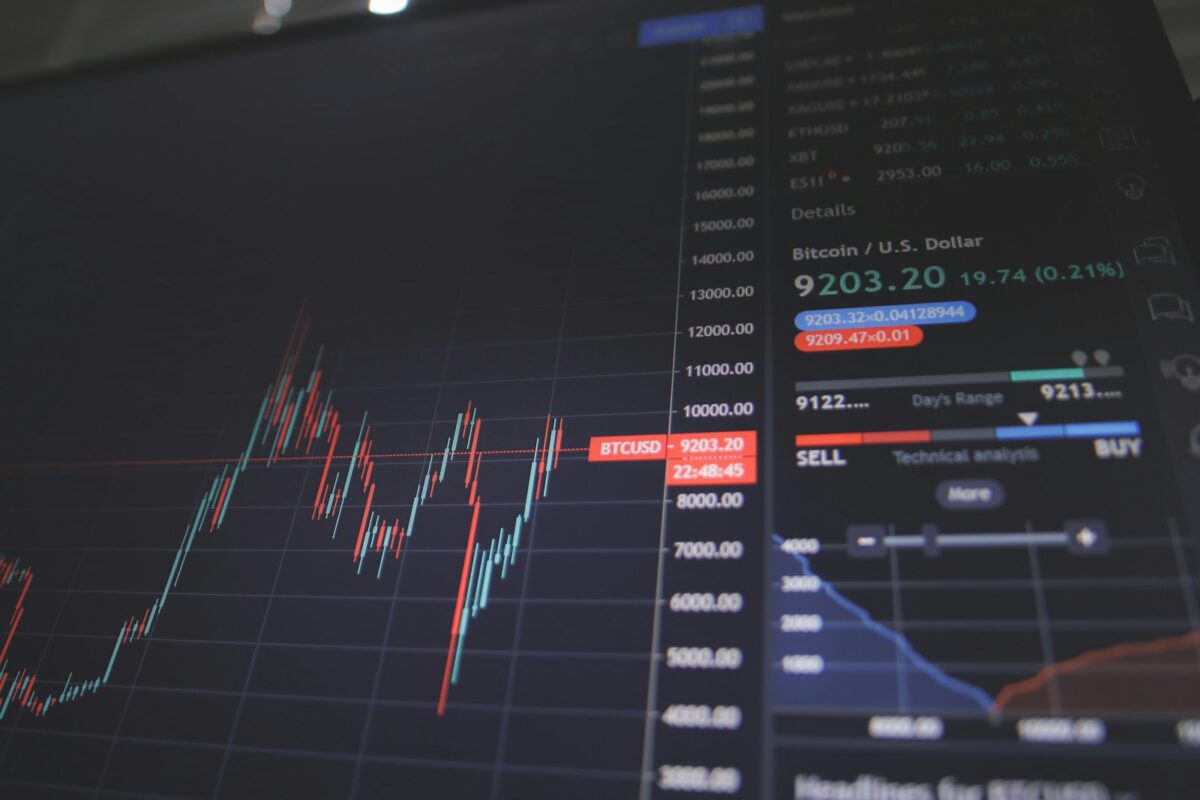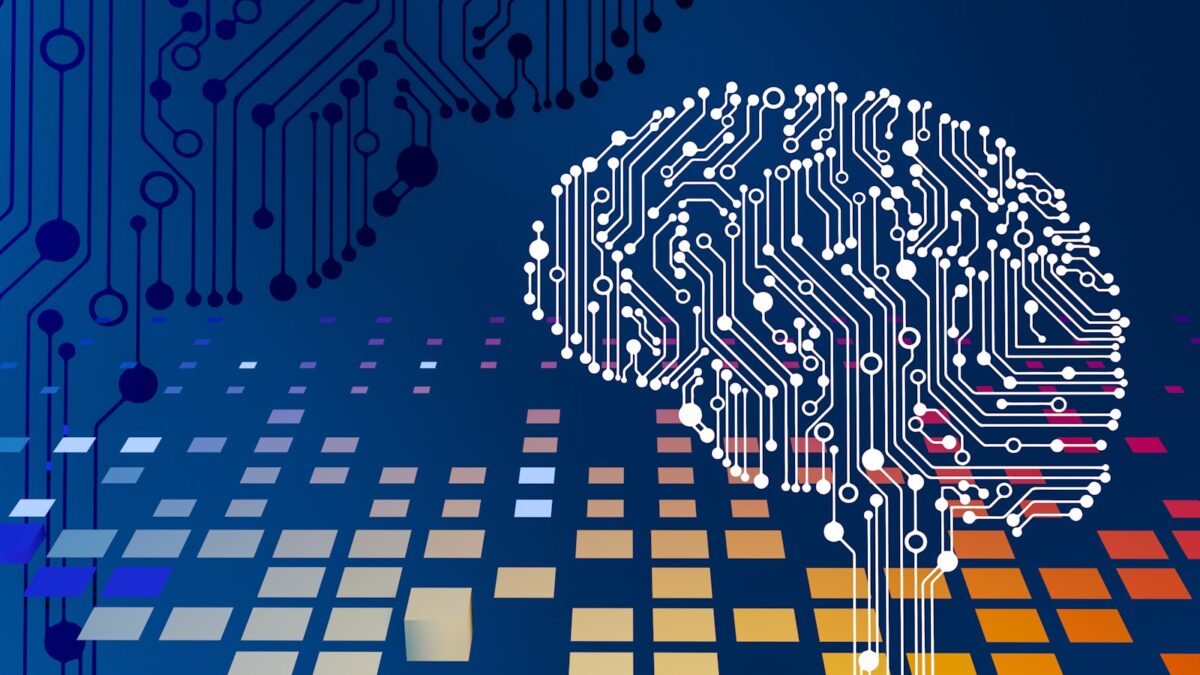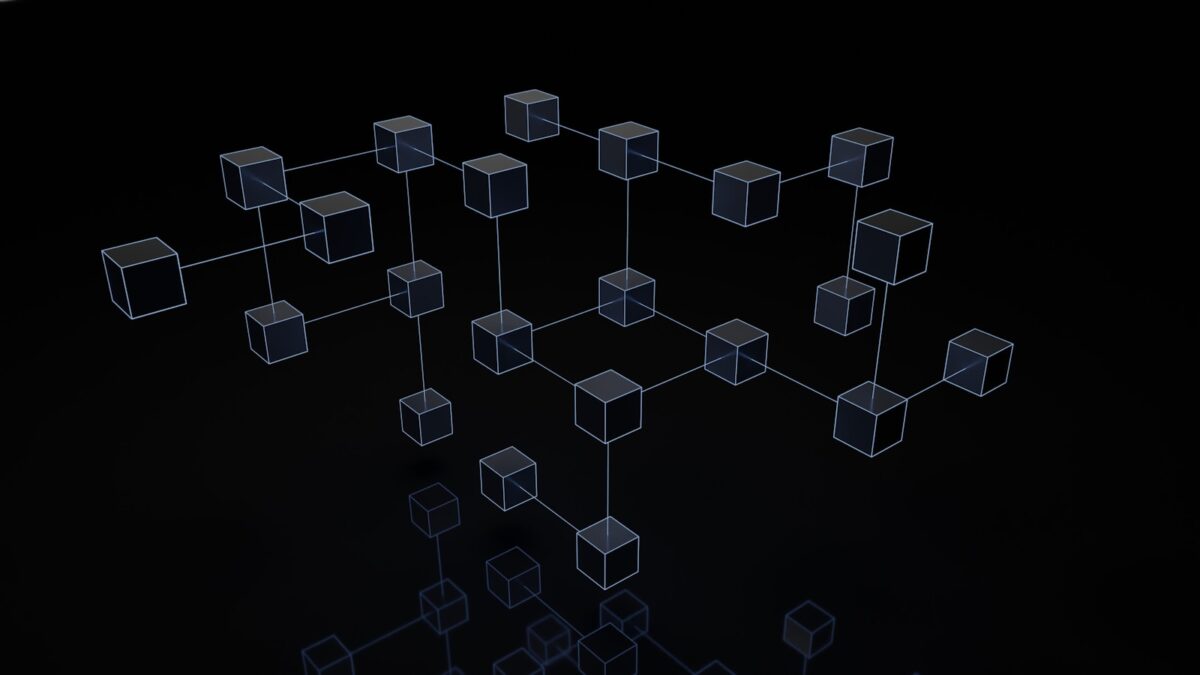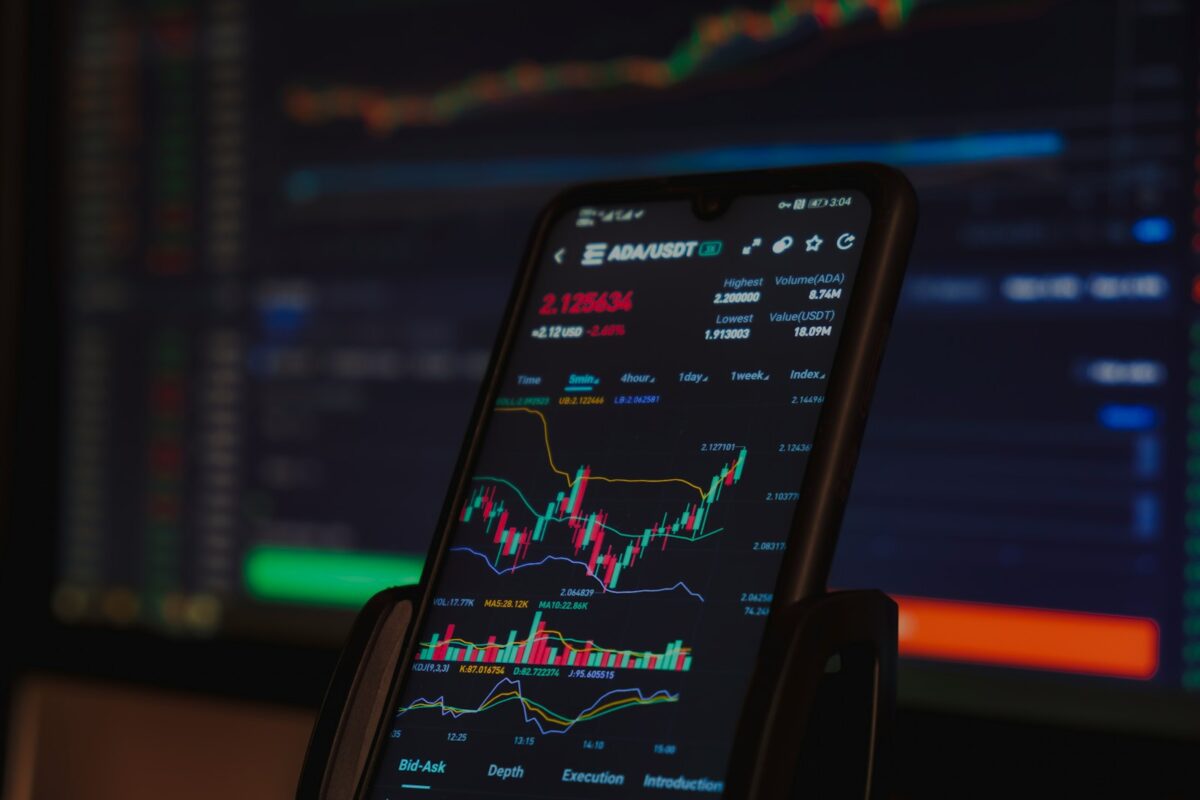
SingularityNET AI marketplace

Leverage a decentralized framework to access diverse artificial intelligence capabilities without relying on centralized providers. This platform enables developers and enterprises to offer, discover, and integrate AI services ranging from machine learning models to complex algorithms designed for advanced general intelligence (AGI) research.
Intelligence integration is streamlined by connecting independent AI agents through blockchain technology. Such architecture ensures transparent transactions, secure data exchanges, and incentivizes contributions from multiple stakeholders, fostering an open ecosystem where artificial cognition evolves collaboratively rather than in isolated silos.
The synergy of automated service composition and token-based governance supports scalable experimentation with AGI components. By distributing control and ownership, this environment encourages iterative testing of intelligent modules that can interact dynamically–forming precursors to singularity-level systems aimed at surpassing traditional narrow AI limitations.
SingularityNET AI marketplace
For professionals seeking advanced artificial intelligence tools, SingularityNET’s decentralized exchange for AI services offers a robust environment where interoperability and token-based transactions create new possibilities. This platform leverages blockchain technology to enable seamless access to diverse AI algorithms, allowing developers and businesses to integrate various services without centralized control. Its unique approach supports both narrow AI utilities and progressing research towards Artificial General Intelligence (AGI).
The core of this ecosystem relies on an open protocol that facilitates direct interaction between AI providers and consumers via its native token. This enables transparent pricing, automated payments, and trustless service agreements. By removing intermediaries, the platform enhances efficiency while maintaining security through smart contracts executed on a public ledger.
Decentralized Architecture and Tokenomics
The infrastructure underpinning this AI exchange is built to ensure decentralization at multiple levels: governance, service discovery, and transaction processing. Providers publish their AI modules onto the network where users can discover them based on metadata tags describing functionality, computational requirements, and performance metrics. Payments occur using the platform’s utility token, which circulates within the ecosystem to incentivize quality contributions and maintain economic balance.
Token holders participate in decision-making processes regarding protocol upgrades or fee adjustments through a decentralized autonomous organization (DAO). This democratic model fosters collective stewardship over platform evolution. Technical audits have confirmed the smart contracts’ resilience against common vulnerabilities such as reentrancy or overflow errors, ensuring secure token exchanges integral to service delivery.
AI Services Spectrum and Integration Use Cases
- Natural Language Processing: Modules for sentiment analysis, translation, summarization accessible as microservices with standardized APIs.
- Computer Vision: Object detection and image classification components that can be chained for complex workflows.
- Predictive Analytics: Time-series forecasting models suitable for financial or supply chain applications.
- AGI Research Tools: Experimental frameworks designed to test general reasoning capabilities across diverse datasets.
This modular design empowers enterprises to construct tailored solutions by composing distinct algorithms into pipelines executed on-demand. For instance, combining language understanding with predictive analytics facilitates customer behavior insights without centralized data aggregation.
Technical Validation Through Case Studies
A detailed examination of deployment scenarios reveals significant advantages linked to decentralization in AI procurement. One documented case involved a healthcare startup utilizing distributed diagnostic models from independent contributors worldwide, benefiting from lowered costs and increased innovation velocity compared to conventional vendor contracts. Performance benchmarks demonstrated consistent throughput under variable network loads due to adaptive consensus protocols embedded in the underlying blockchain.
Another investigation focused on integrating AGI-oriented services exhibiting emergent problem-solving abilities beyond task-specific automation. Researchers observed that aggregating specialized agents enabled incremental improvements in learning efficiency–an encouraging indication of scalable progress toward truly generalized intelligence within a distributed framework.
Security Considerations and Future Directions
The platform addresses potential attack vectors by implementing layered defense strategies including cryptographic verification of AI model provenance and secure multi-party computation for sensitive data handling. These measures reduce risks associated with adversarial manipulation or unauthorized access during decentralized execution phases.
Looking ahead, ongoing upgrades aim at enhancing cross-chain compatibility enabling asset transfers across different blockchains while preserving transactional integrity. Additionally, expanding tooling around model explainability will increase trust among end-users relying on opaque algorithmic decisions–a critical factor for wider adoption in regulated industries.
Conclusion: Exploring Experimental Pathways in Decentralized AI Economies
This distributed hub for artificial intelligence services exemplifies how combining blockchain mechanics with advanced computational agents creates fertile ground for innovation experimentation. Users are encouraged to engage deeply by testing integration patterns between heterogeneous AI components using native tokens as incentive mechanisms–facilitating collaborative discovery of novel use cases supporting broader AGI objectives within a secured ecosystem architecture.
How to Buy AGI Tokens
To acquire AGI tokens, begin by selecting a reputable cryptocurrency exchange that supports this decentralized asset. The AGI token, integral to the AI intelligence network, facilitates access to various artificial intelligence services within a distributed ecosystem. Notable platforms such as Binance, KuCoin, and Uniswap provide liquidity pools or order books for AGI trading pairs like AGI/USDT or AGI/ETH.
After choosing an exchange, create and verify your account following the platform’s compliance procedures. Deposit funds using fiat currency or other cryptocurrencies supported by the exchange. For example, purchasing Bitcoin or Ethereum first can streamline the process since many exchanges offer direct AGI trading pairs with these assets.
Step-by-Step Acquisition Process
- Create a compatible wallet: Use wallets supporting ERC-20 tokens, as AGI operates on the Ethereum blockchain. Examples include MetaMask, Trust Wallet, or hardware wallets like Ledger for enhanced security.
- Deposit cryptocurrency: Transfer ETH or USDT from your wallet to the selected exchange account if you plan to trade directly on centralized platforms.
- Execute the trade: Locate the AGI trading pair and place a market or limit order depending on your preference for price control versus transaction speed.
- Withdraw tokens: Post-purchase, move your AGI tokens from the exchange to your personal wallet to maintain custody and reduce exposure to centralized risks.
The decentralized nature of this token ensures it is interoperable within various AI service environments beyond traditional financial use cases. Its design promotes seamless interaction between intelligent algorithms and users through automated smart contracts deployed on Ethereum’s blockchain infrastructure.
A practical illustration of this process can be found in experimental setups where developers integrate AI modules licensed via token transactions. For instance, researchers have utilized AGI tokens within open-source frameworks enabling autonomous agents to negotiate task assignments based on token stakes representing computational resources consumed.
Integrating AI Services on Platform
To effectively incorporate artificial intelligence services within a decentralized framework, it is necessary to utilize a token-based incentive mechanism that aligns service providers and consumers. The native token facilitates seamless transactions, enabling access to a broad spectrum of AI algorithms ranging from machine learning models to complex AGI modules. This tokenization not only secures payment but also governs reputation systems, ensuring quality assurance across the network.
Establishing interoperability among diverse AI offerings requires standardized APIs and protocols that support modular service composition. Developers can deploy specialized intelligence functions–such as natural language processing, computer vision, or predictive analytics–as composable microservices. Each service registers its capabilities on the platform’s ledger, allowing dynamic discovery and integration in response to specific computational tasks.
Technical Approaches and Case Studies
One practical method involves leveraging smart contracts for autonomous execution of service agreements. For example, an AI-driven supply chain optimization tool can trigger payments upon completion of forecasting tasks validated by consensus mechanisms. Experimental deployments demonstrate that this approach reduces latency compared to traditional cloud-based AI marketplaces by distributing computation closer to data sources.
The progressive advancement toward Artificial General Intelligence (AGI) integration highlights challenges in managing resource allocation and trust. Multi-agent coordination protocols enable intelligent agents to negotiate task division while preserving transparency through on-chain activity logs. Ongoing research explores adaptive reward structures based on performance metrics derived from real-time feedback, optimizing incentive alignment for sustained collaborative intelligence growth.
Using Popular Coins for Payments in AI Service Platforms
Utilizing widely adopted cryptocurrencies for payment significantly enhances accessibility and liquidity within decentralized AI service ecosystems. The integration of mainstream tokens alongside native utility tokens such as AGI facilitates seamless transactions, reducing friction between users and providers of artificial intelligence services. For instance, Ethereum (ETH) remains a preferred medium due to its robust network effects and compatibility with smart contract protocols that govern AI-driven platforms.
Payment mechanisms employing popular coins support scalability by leveraging established blockchain infrastructures with proven throughput and security features. This approach allows developers to prioritize the deployment of sophisticated AI algorithms over building proprietary payment solutions, thereby accelerating innovation in automated service delivery. Moreover, conversions between native tokens and widely recognized cryptocurrencies are often streamlined via decentralized exchanges integrated into the platform’s architecture.
Technical Advantages of Using Established Cryptocurrencies
Established cryptocurrencies offer predictable transaction finality times and well-documented fee structures, which are crucial for real-time AI services requiring prompt payments. For example, Litecoin (LTC) provides faster block confirmation compared to Bitcoin (BTC), making it suitable for micropayments within artificial intelligence marketplaces. Integrating these coins mitigates latency issues inherent in less mature token ecosystems.
Smart contracts deployed on networks supporting popular coins can automate complex payment conditions linked to AI service usage metrics. By embedding escrow functionalities or performance-based release triggers, platforms ensure transparent and trustless interactions between clients purchasing AI computations and service providers. Such programmable agreements reduce disputes and enhance user confidence in the transactional process.
Case Studies: Token Interoperability Enhancing AI Services
A notable example includes projects that bridge AGI token standards with Ethereum-compatible wallets, enabling users to pay for machine learning model access using ETH while settling fees in AGI post-execution. This interoperability fosters an inclusive ecosystem where participants leverage the benefits of both stable liquidity pools from popular coins and specialized utility functions offered by native tokens.
- Case Study 1: Implementation of wrapped tokens representing AGI on Binance Smart Chain facilitated lower-cost transactions without compromising decentralization or security.
- Case Study 2: Integration of cross-chain protocols allowed dynamic conversion between USDT stablecoins and AGI tokens during service purchases, stabilizing payment values against market volatility.
Recommendations for Developers Incorporating Payment Solutions
Designing payment frameworks that support multi-token acceptance requires meticulous attention to smart contract auditability and gas optimization to minimize operational costs. Employing layer-2 scaling solutions or sidechains can further enhance throughput while preserving the integrity of artificial intelligence data flows. Developers should also consider integrating oracle systems to provide real-time exchange rates ensuring fair value settlements across different cryptocurrency denominations.
The strategic use of popular cryptocurrency tokens not only streamlines financial transactions but also broadens user engagement by lowering entry barriers associated with acquiring specialized utility tokens. Embracing a hybrid token economy enriches the functionality of decentralized AI platforms, reinforcing their viability as marketplaces for cutting-edge artificial intelligence services.
Security Measures for Transactions
Utilizing a decentralized architecture significantly enhances transactional security by eliminating single points of failure. In platforms integrating artificial intelligence services powered by AGI tokens, cryptographic protocols such as public-key infrastructure (PKI) and zero-knowledge proofs (ZKP) provide robust authentication and confidentiality. For instance, the implementation of multi-signature wallets ensures that multiple parties must approve token transfers, reducing risks from compromised private keys.
Smart contracts play a pivotal role in automating secure exchanges within AI-driven ecosystems. These self-executing agreements enforce predefined conditions without intermediaries, mitigating human error and fraud. Conducting formal verification on these contracts using tools like CertiK or MythX validates logic correctness and prevents vulnerabilities such as reentrancy attacks, which have historically led to significant token losses.
Core Technical Safeguards
- Decentralized Consensus: Distributed ledger technology underpins transaction validation across nodes, preventing unauthorized modifications by requiring agreement among network participants.
- Encrypted Communication: End-to-end encryption protocols safeguard data transmissions between users requesting AI services and providers delivering them.
- Token Standards Compliance: Adoption of ERC-20 or ERC-721 standards ensures compatibility and security adherence during token exchanges representing artificial intelligence assets.
A practical case involves deploying off-chain computation with on-chain verification to optimize speed while maintaining integrity. This hybrid approach enables complex AI service requests without congesting the blockchain, yet results are immutably recorded to prevent tampering. Such methodologies exemplify balancing scalability and security in decentralized environments centered around AGI functionalities.
The integration of these technical safeguards not only protects individual transactions but also reinforces trust across the distributed ecosystem where autonomous agents interact via tokens representing value exchange. Exploring enhancements such as quantum-resistant cryptography could further future-proof transaction integrity against evolving computational threats related to artificial intelligence advancements.
Conclusion: Analytical Insights on AGI Token Market Dynamics
Tracking the AGI token reveals a nuanced interplay between decentralized artificial intelligence projects and evolving market demand for programmable intelligence assets. The token’s price movements correlate strongly with advancements in AI protocol integrations and shifts within decentralized ecosystems that prioritize interoperability and scalable AI services.
Technical patterns suggest that liquidity fluctuations often follow deployment milestones of new AI modules, reflecting investor confidence in the platform’s ability to facilitate autonomous agent interactions. For example, the recent integration of multi-agent reinforcement learning frameworks has coincided with upticks in trading volumes, indicating market responsiveness to functional enhancements rather than speculative hype.
Future Trajectories and Strategic Considerations
- Decentralized Intelligence Expansion: As artificial intelligence architectures become more modular and distributed, tokens like AGI will act as critical economic incentives within AI-driven ecosystems. Monitoring network activity at smart contract layers can provide predictive signals for token valuation trends.
- Protocol Upgrades Impact: Upcoming protocol upgrades focusing on cross-chain operability may introduce arbitrage opportunities by linking isolated AI marketplaces into unified value networks. This convergence could reduce volatility through increased transactional throughput.
- Governance and Token Utility: The role of AGI tokens in governance mechanisms directly affects project direction and community engagement. Quantitative analysis of voting participation rates alongside token distribution metrics offers insights into decentralized decision-making health.
The broader implications point toward a paradigm where artificial general intelligence assets are not only measured by computational breakthroughs but also by their embedded economic models within decentralized platforms. Continuous empirical monitoring combined with experimental validation of on-chain data sets can empower stakeholders to anticipate structural shifts in this emergent sector.
Exploratory research should focus on correlating real-world adoption metrics with tokenomics evolution, investigating how intelligent agents transact value autonomously under cryptoeconomic rulesets. Such inquiry will deepen understanding of how decentralized AI tokens catalyze novel forms of digital collaboration and resource allocation across heterogeneous networks.


